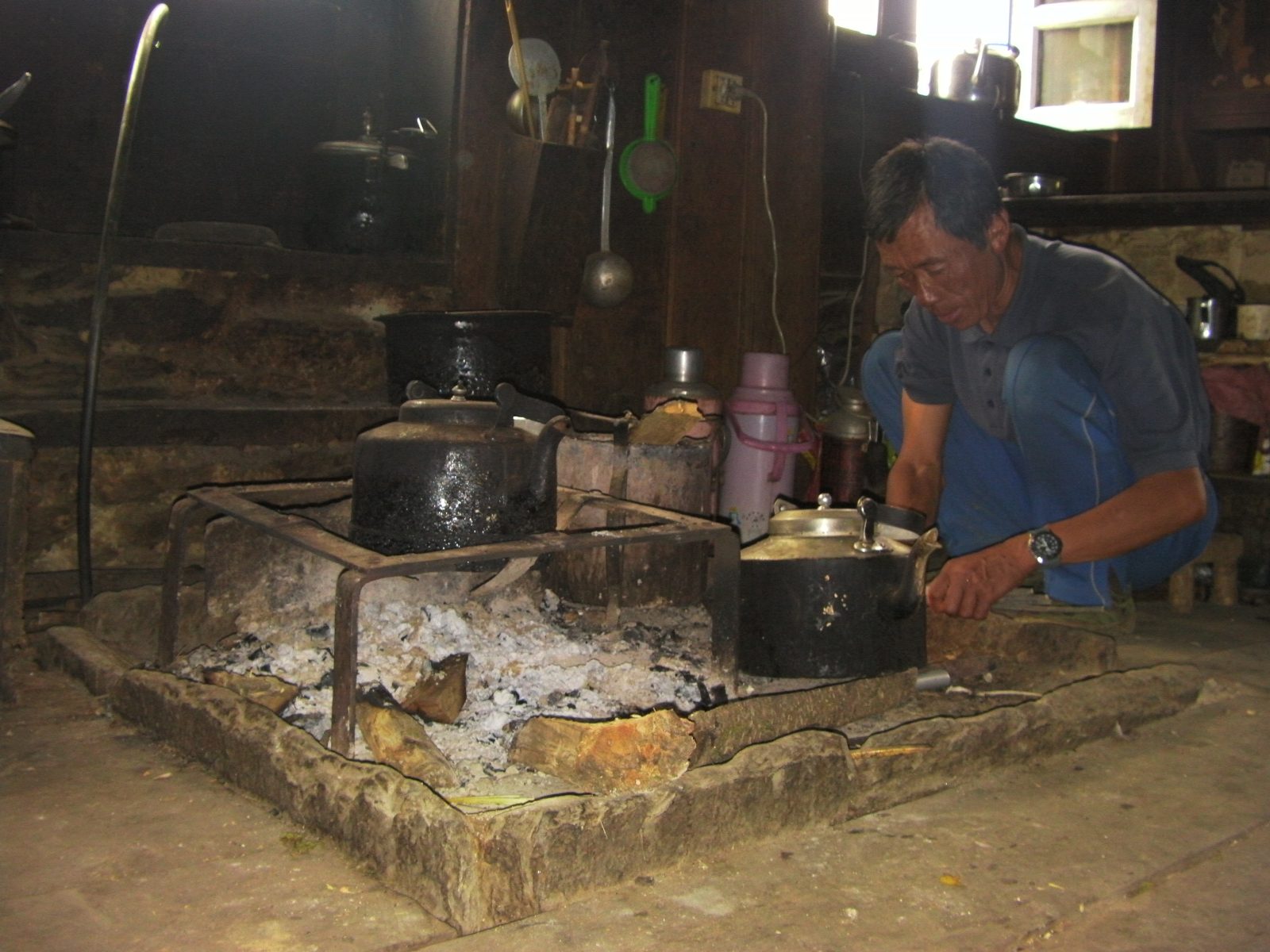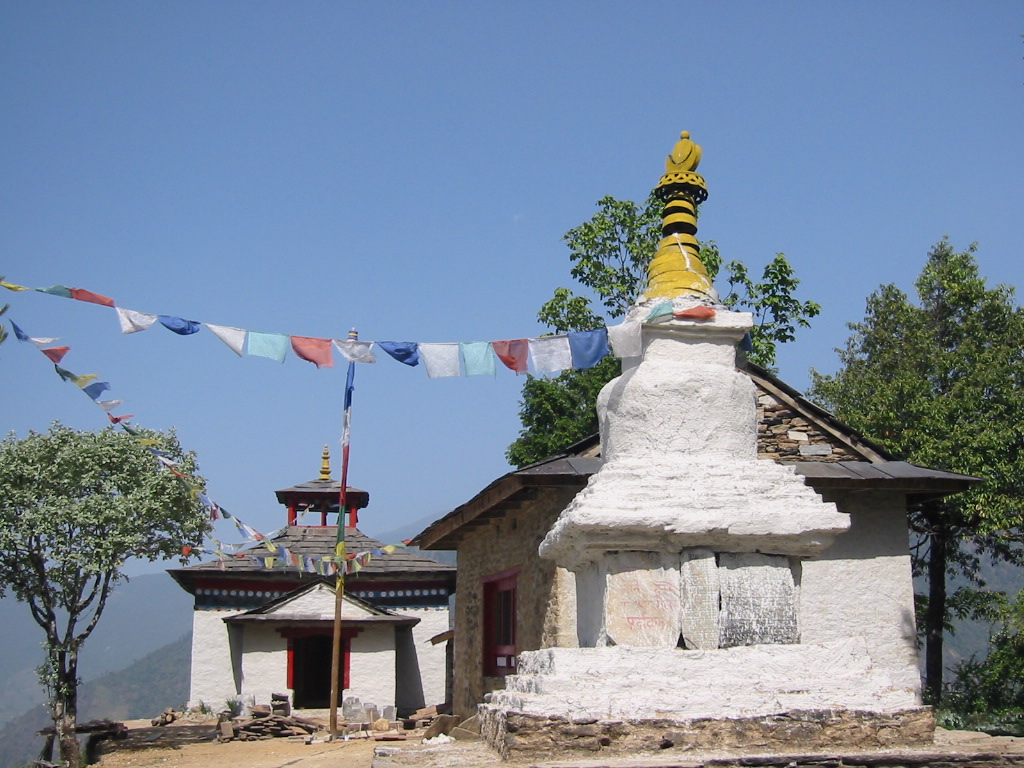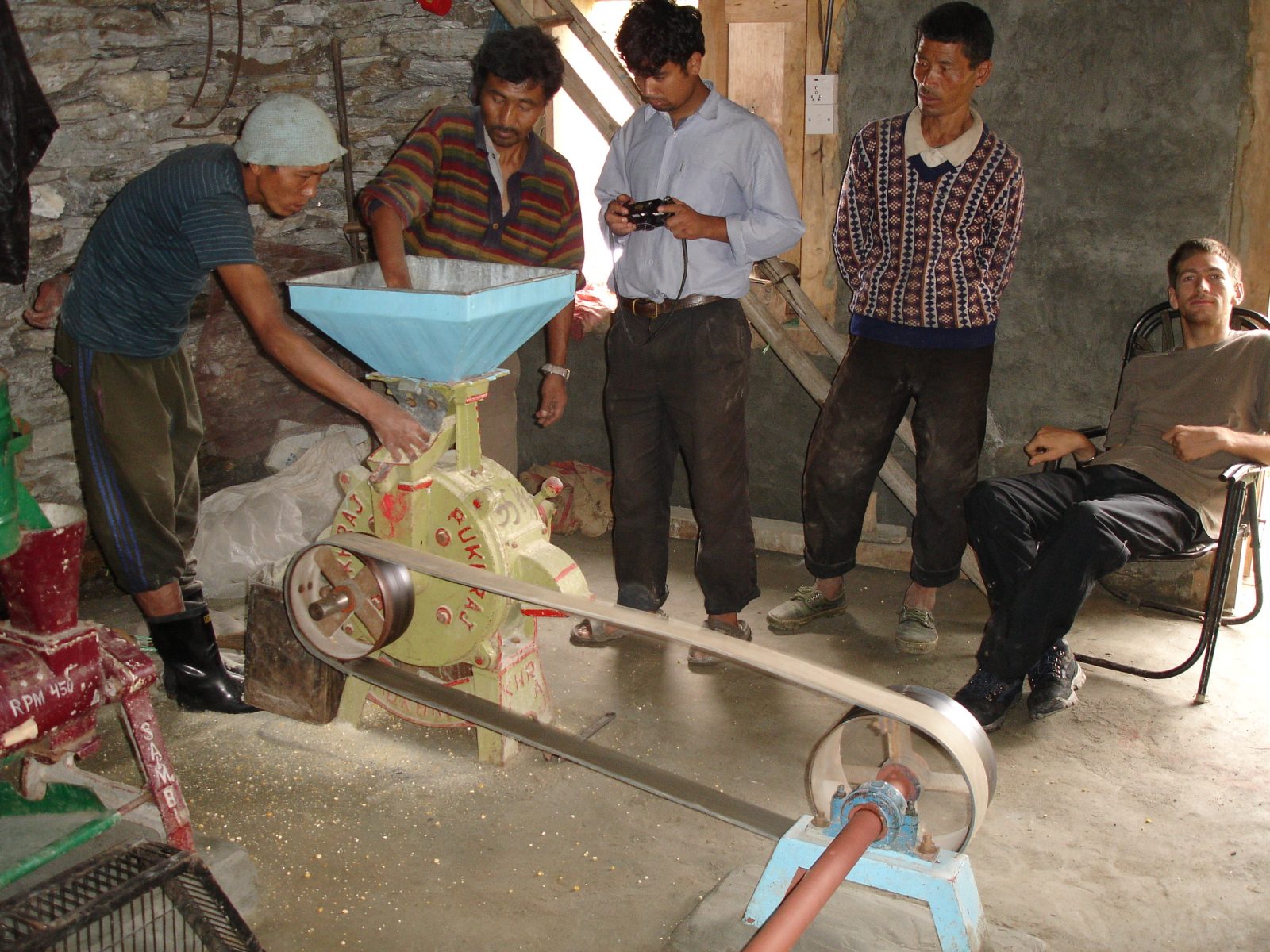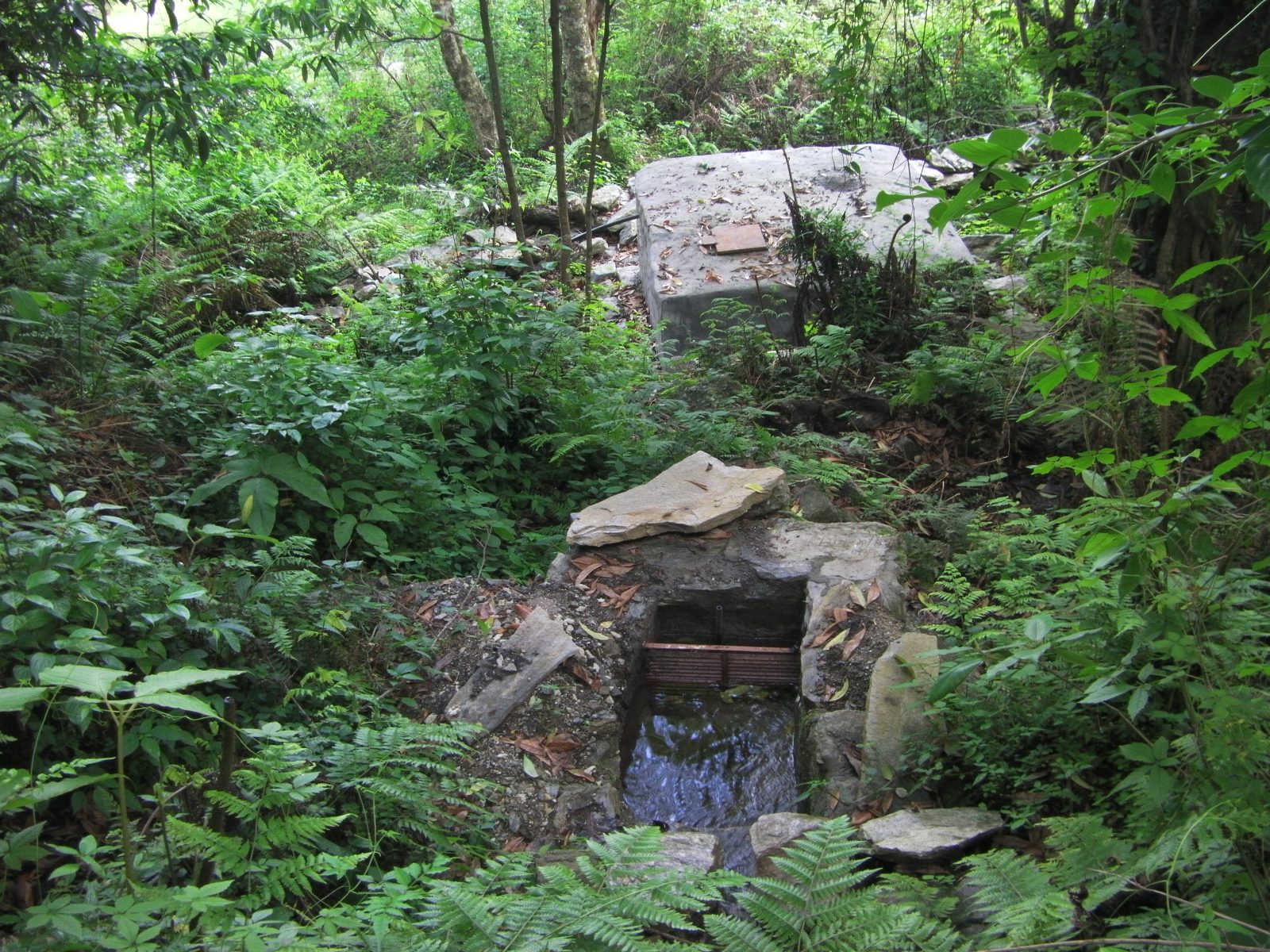
Bumburi Village Water Supply
Over the last twenty years we have been gradually laying water pipelines from the streams up in the mountains into the villages between Bupsa and Bumburi and putting in water supply points in the villages and in some cases piping water directly into homes.
Overview
Over the last twenty years we have been gradually laying water pipelines from the streams up in the mountains into the villages between Bupsa and Bumburi and putting in water supply points in the villages and in some cases piping water directly into homes. So far we have completed the whole village of Bumburi (76 houses) and almost the whole of Bupsa (38 houses). We are always looking to extend this project into the smaller hamlets and tiny settlements who live on the slopes nearby, where people live with no facilities at all.
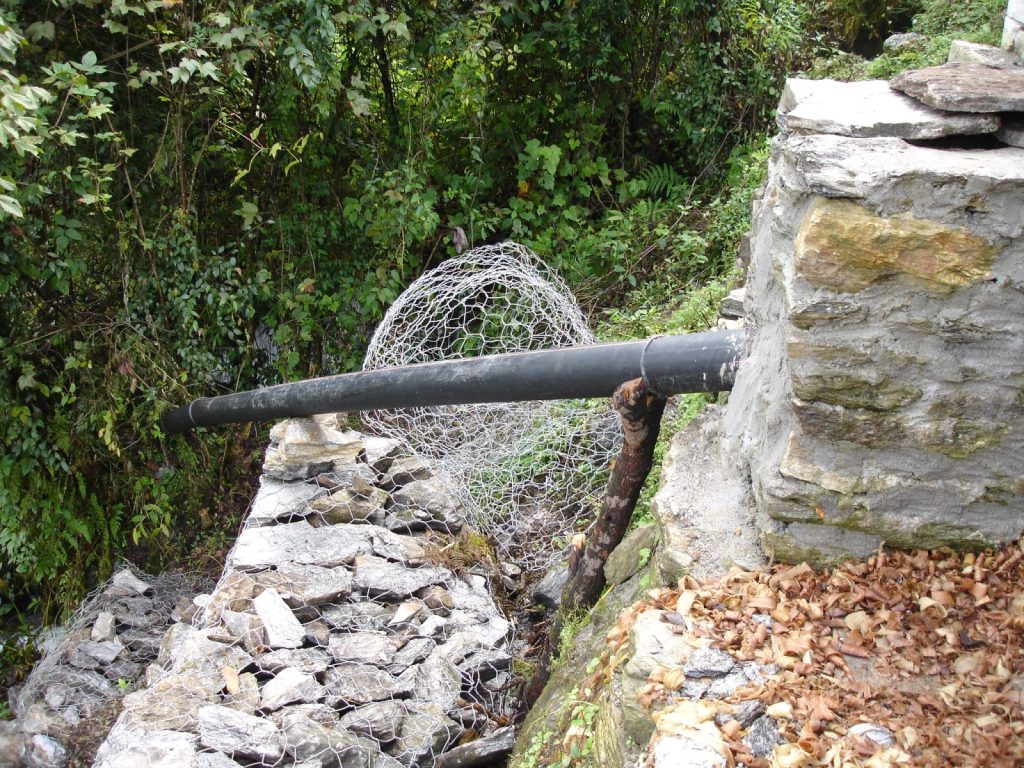
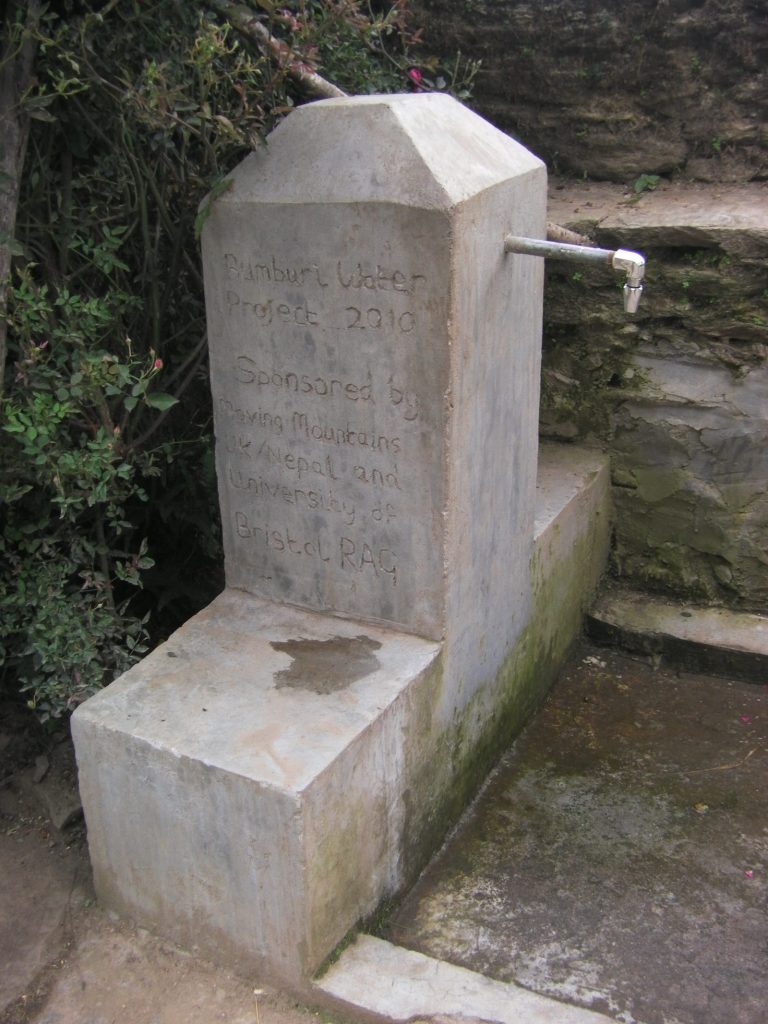
History of the Bumburi Village Water Supply Project
Previously the lack of water in the village was a continual problem, particularly during the dry season, when water had to be stored in containers. This caused a number of problems, most significant among which were water-related diseases, especially among infants and children.
Following the successful hydro electric power scheme installed in 2005 with funds from Gavin’s 2005 Everest expedition, which diverted some of the water supply from high in the jungle and used it to supply the whole village with electricity, the next big project was to supply water directly into the village.
The Bumburi Water project took nearly ten months to complete in 2007 and it was funded by a combination of Gavin’s 2007 Everest Expedition and Bristol University who sent a team of students out to help lay the pipes. The total cost was around £15,000.00.
The villagers donated their labour and built a large holding tank up in the jungle which was in a particularly inaccessible place and the main pipe was then laid to the centre of the village where a community water point was built. Several pipes were then laid to individual houses who paid for back boilers to be put behind their stoves. A total of 76 houses benefitted from this project.
Clean water has had a major positive impact on health and welfare, particularly with regard to gastro-intestinal problems which were problematic beforehand. Better health and electricity for lights has meant children going to school more regularly which has seen an improvement in exam results and a rise in the number of children moving to secondary education.
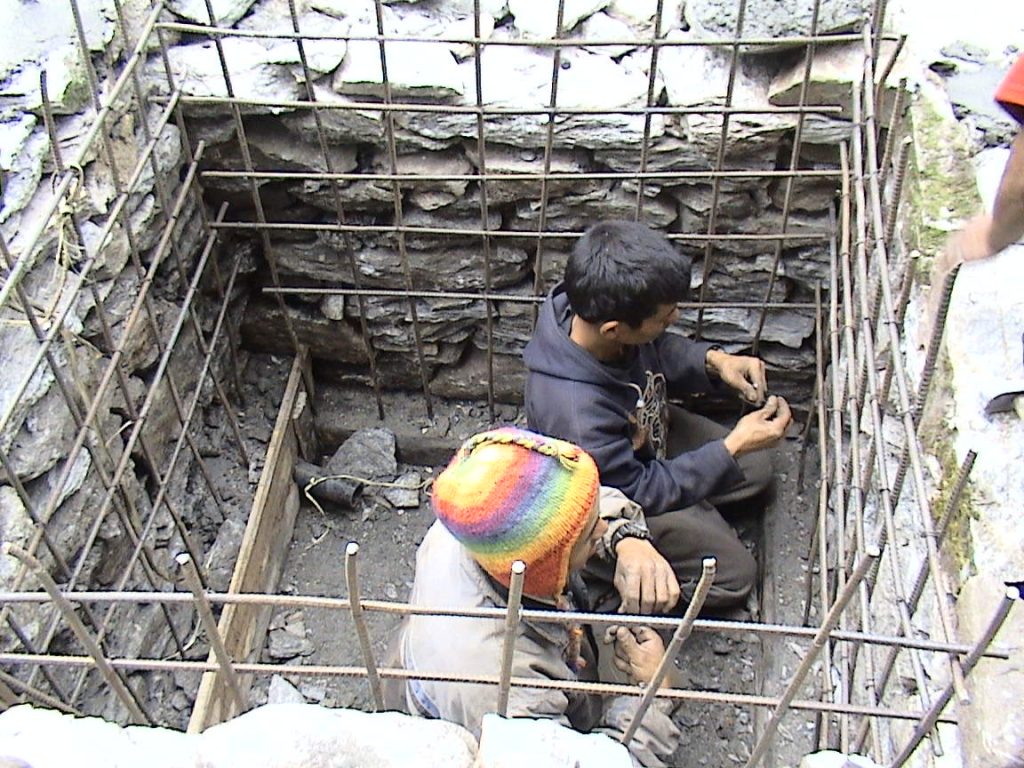
In particular the combination of electricity, a piped water supply, improved cooking stoves that use less than 50% of wood needed on an open fire, and a back boiler to provide hot water ‘on tap’ for the first time to the villagers proved to be a tremendous boost to quality of life in Bumburi. This has been clearly reflected in the number of new houses being built in the village, reversing the previous trend of a declining community.
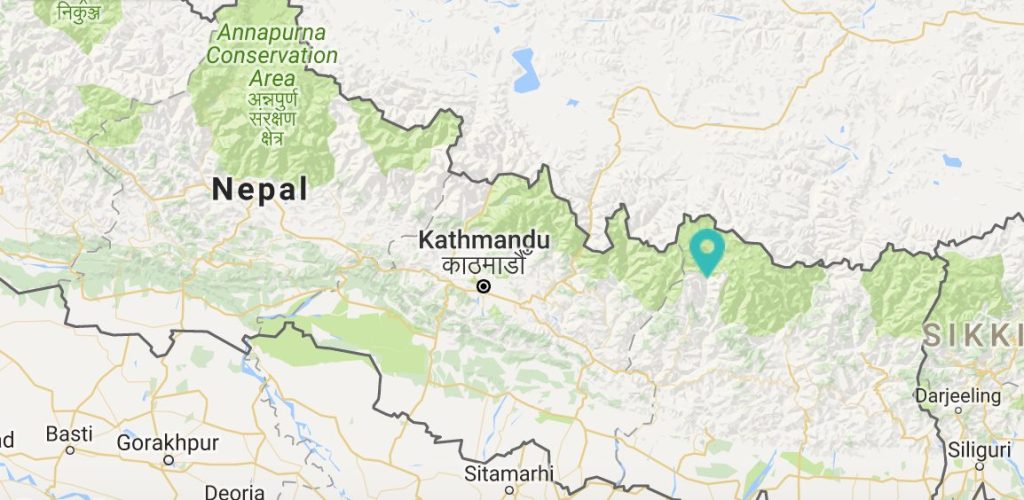
Following the success of Bumburi we then started work on Bupsa which was a bigger project and we are constantly adding water pipelines to smaller settlements and hamlets as and when we find the funding. See below for more information on our next location for water supplies.
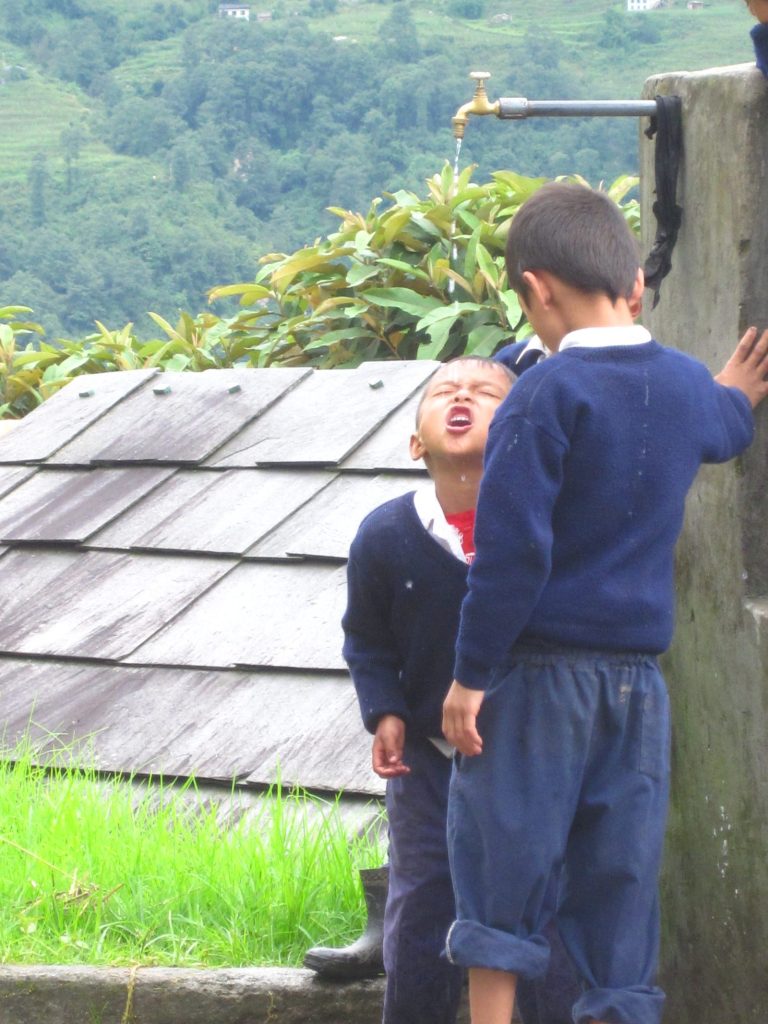
Kenai is a small settlement just half an hour below Bumburi, of about 22 houses which support a rural community of Rai people who are in a low caste. Traditionally they would be overseen for assistance, which is one of the reasons we want to help them. Their hamlet is pictured below on google earth:
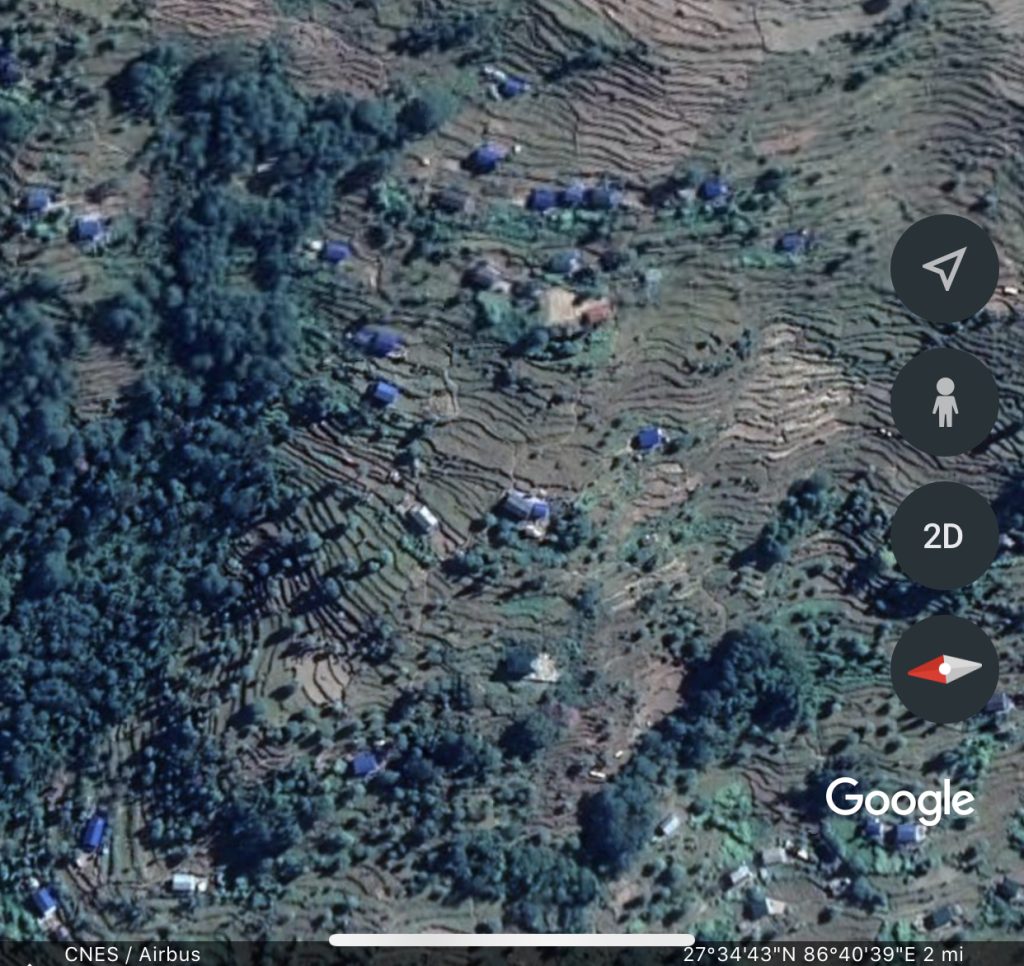
Would you like to get involved? Would you like to help? Would your school, university, family group, or a group of friends like to visit these places? Why not fundraise for a project and come out, get involved and help deliver it? Contact us on info@movingmountainstrust.org for more details, or have a look at some of the Moving Mountains trips that we run through our partner Adventure Alternative (who manage our international trips) here: Volunteering Trips. Schools Trips. Medical Trips.
Support Moving Mountains
Other Projects You Might Be Interested In
